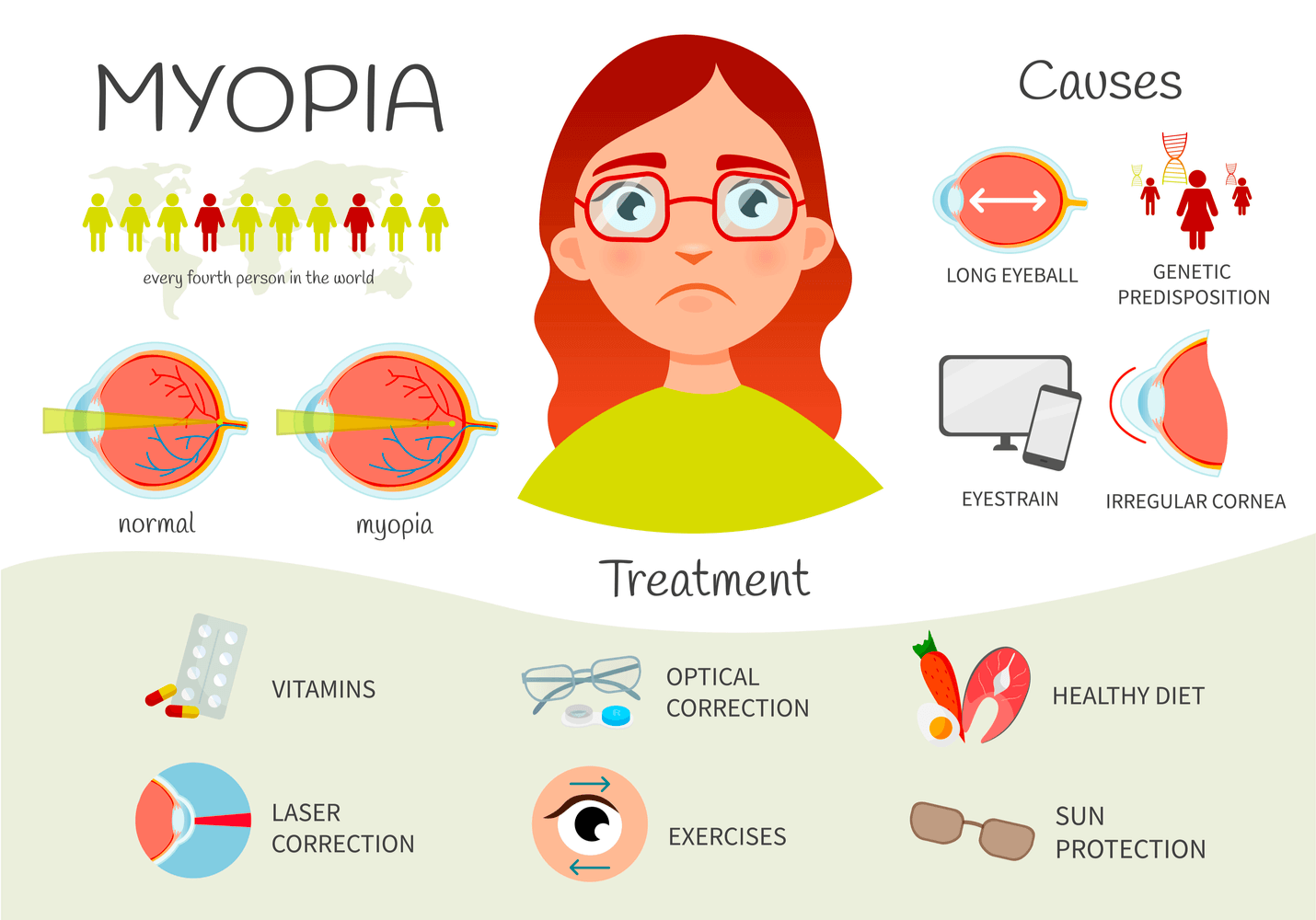Children’s sleep is often a concern for parents. Healthy sleeping habits are essential to promote normal cognitive, behavioral , emotional and physical development of children . Therefore, early detection and intervention are necessary to reduce or eliminate bad sleep habits as soon as possible.

How important is it?
Poor sleep behavior is characterized by insufficient sleep-wake patterns, poor quality, and interruptions. They include resistance before going to bed and frequent waking up at night, as well as sleep disorders that require behavioral intervention, surgery, or medication (for example, sleepwalking or bedwetting). Poor sleep behavior is extremely common in early childhood, affecting 20% to 30% of preschool children. In most cases, this is a benign and temporary phenomenon that does not require intervention. However, if left untreated, severe sleep disorders may persist, which may affect several aspects of early parenting and child development. More specifically, children’s sleep problems are an important cause of family suffering. Daytime fatigue of parents can lead to mood disorders and less effective parenting. In addition, poor sleep or insufficient sleep duration in children may affect their cognitive (language and learning), behavior (hyperactivity, irritability), mood (negative emotion regulation and self-control), and physical (unhealthy weight) development Negative influence. Therefore, healthy sleeping habits are essential, and early detection and intervention of children’s sleep problems is necessary.
What do we know?
The baby’s sleep development is closely related to the maturation of the central nervous system. In the first few months, active sleep (REM) accounts for 50% of newborns’ sleep time. As the baby matures, the duration of active sleep decreases, and the duration of quiet sleep (non-REM) and wakefulness increases. Sleep problems in the first few months may be the result of poor organization between these two regulatory procedures. As infants reach adult-proportionate active and quiet sleep (REM sleep occupies about 25% of sleep time), sleep-wake state consolidation occurs. At six months, they have physical maturity and sleep for at least six consecutive hours a night. As for the amount of sleep at night, they need to be adequately rested and develop in the best way at different ages,
Most sleep problems are psychosocial in nature and often co-occur. Sleep narcotics-associated disorder (SOAD) is a common sleep problem in which children learn to fall asleep only under certain conditions or associations (for example, shaking or feeding). Therefore, children with SOAD may have difficulty returning to sleep quickly after waking up at night because they cannot soothe themselves. In contrast, children with restrictive sleep disorder (LSSD) do not wake up so much at night, but have difficulty falling asleep. In addition to waking up at night and sleep onset problems, children may also experience a series of bad behaviors during sleep or sleep-wake transition, including sleepwalking, sleep, bedwetting, and bruxism (ie grinding or clenching teeth during sleep), Sleep horror, and rhythmic movement disorders (swaying the whole body from side to side, resting the head on the pillow). Although some sleep disorders appear in early infancy (sleep horror and rhythmic movement disorders), others appear at a later age (bruxism and sleepwalking).
Sleep problems are affected by biological and environmental factors. On the one hand, children may have a genetic predisposition to partial awakening, which affects their sleep-arousal consolidation. Similarly, infants with neurological disorders often exhibit abnormal sleep patterns. On the other hand, childhood factors may affect sleep consolidation, including fatigue, perinatal difficulties (for example, long-term childbirth), difficult temperament, fever, chronic diseases, and neurodevelopmental delay. Compared with full-term babies, premature babies are more likely to have sleep problems. In fact, sleep problems during the first six months are less common in premature babies than in full-term babies. About parental factors, anxiety, overprotection or no securityMothers with a history of attachment are more likely to have children with sleep problems. Similarly, some parenting methods will affect the development of sleep problems. For example, babies whose parents actively rock or hold them until sleeping are more difficult to soothe themselves after awakening at night. Similarly, shared sleep is related to more sleep problems and sudden and unexpected infant deaths (SUID) in Western culture. However, it is important to point out that 99% of bed-sharing deaths can be explained by at least one and usually multiple risk factors for Sudden Infant Death Syndrome (SIDS), such as mother’s smoking, sleeping position, alcohol use and/or bed-sharing adults Medications, soft mattresses or thick blankets. Similarly, some parenting methods will affect the development of sleep problems. For example, babies whose parents actively rock or hold them until sleeping are more difficult to soothe themselves after awakening at night. Similarly, shared sleep is associated with more sleep problems and sudden and unexpected infant deaths (SUID) in Western culture. However, it is important to point out that 99% of bed-sharing deaths can be explained by at least one and usually multiple risk factors for Sudden Infant Death Syndrome (SIDS), such as mother’s smoking, sleeping position, alcohol use and/or bed-sharing adults Medications, soft mattresses or thick blankets. Similarly, some parenting methods will affect the development of sleep problems. For example, babies whose parents actively rock or hold them until sleeping are more difficult to soothe themselves after awakening at night. Similarly, shared sleep is associated with more sleep problems and sudden and unexpected infant deaths (SUID) in Western culture. However, it is important to point out that 99% of bed-sharing deaths can be explained by at least one and usually multiple risk factors for Sudden Infant Death Syndrome (SIDS), such as mother’s smoking, sleeping position, alcohol use and/or bed-sharing adults Medications, soft mattresses or thick blankets. The baby’s parents actively rock or hold them until the sleeping baby is more difficult to soothe himself after awakening at night. Similarly, shared sleep is associated with more sleep problems and sudden and unexpected infant deaths (SUID) in Western culture. However, it is important to point out that 99% of bed-sharing deaths can be explained by at least one and usually multiple risk factors for Sudden Infant Death Syndrome (SIDS), such as mother’s smoking, sleeping position, alcohol use and/or bed-sharing adults Medications, soft mattresses or thick blankets. The baby’s parents actively rock or hold them until the sleeping baby is more difficult to soothe himself after awakening at night. Similarly, shared sleep is associated with more sleep problems and sudden and unexpected infant deaths (SUID) in Western culture. However, it is important to point out that 99% of bed sharing deaths can pass through at least one and usually Sudden Infant Death Syndrome (SIDS)
What can be done?
In addition to traditional pharmacological methods , but also developed a variety of acts involving parental involvement in interventions to reduce or eliminate bad sleep behavior. Before resorting to drugs, parents are encouraged to explore non-drug treatments first. Not only are they very effective, but their effects are also more durable than drugs. However, in order to improve efficacy, behavioral methods should be implemented as soon as possible to promote optimal child development. In addition, consideration should be given to the factors of children and parents, as well as the environmental conditions that children face.
Choose behavioral methods based on the specific sleep difficulties that your child encounters. The following is a list of commonly used strategies:
- Scheduled awakening : Parents are required to wake up their children 15 to 30 minutes before sleepwalking or sleep horror events every night. The child stays fully awake for five minutes and then asks him to go back to sleep.
- Extinction or gradual extinction : It involves the immediate or gradual withdrawal of parental attention to help the child learn to fall asleep on his own.
- Positive practice : Ask parents to use quiet, enjoyable activities to implement regular, systematic and predictable bedtimes, and appreciate compliance.
- Shaping and positive reinforcement : asking parents to praise and provide tangible rewards for achieving proper sleep.
- Transitional objects : Parents are asked to provide children with transitional objects (blankets, stuffed animals, or pacifiers) to help them comfort themselves when they try to fall asleep without the mother.
In addition to interventions, it is strongly recommended to adopt appropriate parenting methods. More specifically, encourage parents to gradually move their children away from the bed when they fall asleep, or keep them awake in the bed so that they can learn to fall asleep on their own. In addition, in order to prevent the occurrence of small island developing States, it is recommended to breastfeed and share rooms (rather than sharing beds). Finally, parents and service providers should be educated about infants and children’s sleep behavior to familiarize themselves with sleeping habits and effective sleep management strategies, and be aware of the potential serious consequences of insufficient sleep or lack of sleep.













